Celebrating with a Blue Streak
A new member of the Circle of Blue team introduces herself.
If you’re observant, you may have noticed a new name on Circle of Blue’s maps and graphics this summer – my name, Kaye LaFond. Maybe you’ve even read one of my stories. Since early June, I’ve been hanging around the Circle of Blue office as an intern and trying to prove myself useful enough to keep.
I’m glad to say that all of the long nights, volunteer hours, persistent nagging, and a sheer inability to take no for an answer finally paid off! I managed to carve a permanent niche for myself as a data analyst, mapper, and writer for Circle of Blue, and I couldn’t be more pleased.
In celebration, I streaked my hair blue.
As part of the festivities, I’m posting my latest visualization of spatial data – a map of the 2014 algae bloom in Lake Erie. I plan on bringing you a lot more of this type of reporting.
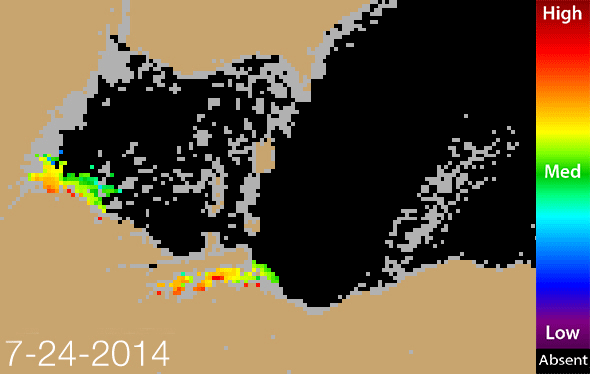
Poor Lake Erie has been plagued by a string of green catastrophes this season, and the folks over at NOAA have been keeping track with their Experimental Harmful Algal Bloom bulletins, which come out roughly twice a week. They were kind enough to provide me with the raw images from their bulletins, and I strung them all together to make an interesting (and slightly frightening) GIF animation. The warmer the colors, the more algae that is present.
And more algae, if the conditions are right, can wreak havoc. In early August, roughly 500,000 residents of Toledo, Ohio could not drink water from the tap for two days because of algae sucked into the system pipes.
Money and words are now flowing toward the problem. Ohio Governor John Kasich announced $US 150 million in emergency funding for algae solutions, while the mayors of Great Lakes cities in Canada and the United States will meet in Chicago on September 24 to discuss civic responses to the green muck.
is both a scientist and a journalist, she holds an MS in Environmental Engineering from Michigan Technological University, and she brings proficiency in ESRI’s ArcGIS mapping software.

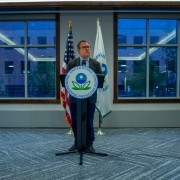
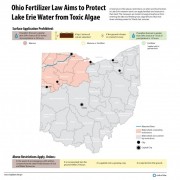

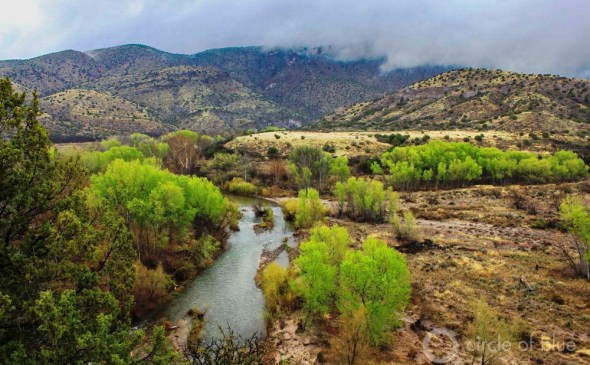
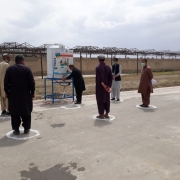
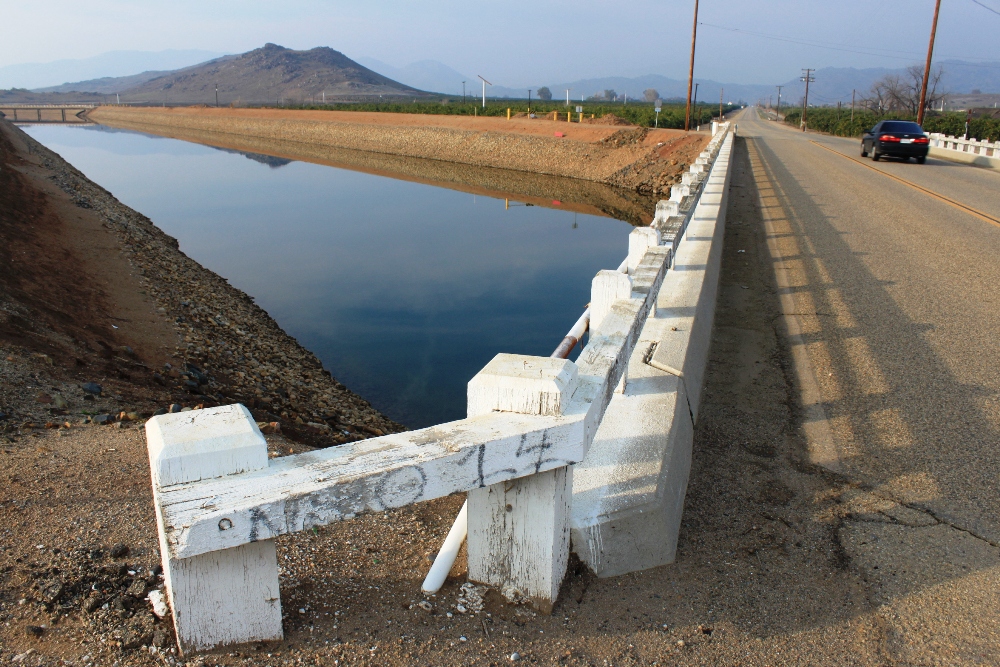


Leave a Reply
Want to join the discussion?Feel free to contribute!